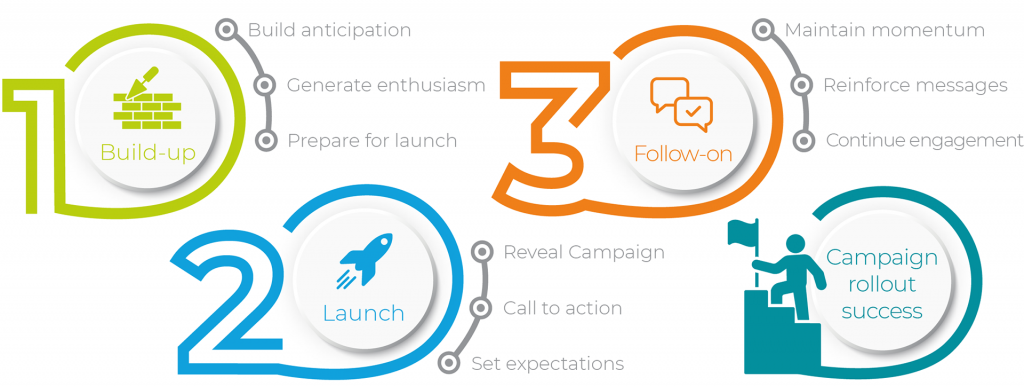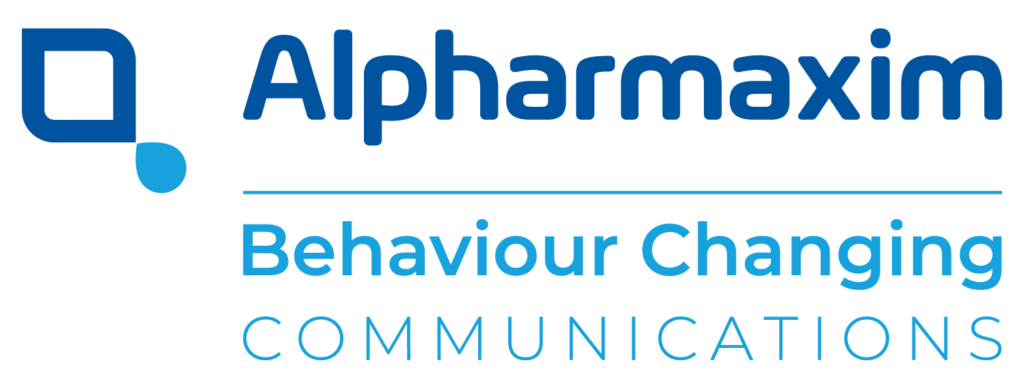Written by Rebecca Taylor
Rebecca is Director of Corporate Communications at Alpharmaxim Healthcare Communications
In companies across the world, the importance of internal communications is often overlooked. But the best leaders know that knowledgeable, motivated, inspired personnel lie at the heart of any success. Internal campaigns are a central part of this – bringing colleagues together and uniting them with a shared purpose.
Campaigns can be highly effective tools in rolling out new messaging or initiatives, raising awareness around a particular topic or celebrating a milestone success. But they demand a considered approach to enable them to compete with the stream of other internal announcements received by staff, as well as with business-as-usual activities.
Success comes down to careful planning, undertaken well in advance.
So, what can be done to maximise impact, engagement and message retention?
A phased approach to campaign rollout success
There is no one-size-fits-all approach to building a robust plan for campaign rollout. Tactics need to be chosen carefully to align with many different factors, including audience needs, available channels and capabilities, timelines and budget. However, there are typically three phases of communication that are common to any successful campaign. Here’s a quick guide, along with some general considerations that will underpin a solid communication plan for your programme.

Phase 1: Build-up
Many campaigns fall flat because ideas or messages are revealed without proper introduction, leaving the audience feeling confused, taken aback or indifferent. Engage staff at all levels and promote active buy-in to your campaign before it launches, letting them know in advance that something new is on its way. Taking a creative ‘teaser’ approach to the build-up phase, or drip-feeding information gradually, can be a good way of piquing interest and heightening anticipation. By the time you launch, your audience will be ready and receptive.
Phase 2: Launch
When your campaign is revealed, there will be two key questions in the minds of the recipients – ‘why is this important?’ and ‘what does this mean for me?’ Answer both proactively with a strong call to action from a respected leader or campaign figurehead. Clearly setting out the benefits that the campaign will deliver, and how and why it should be supported, will be key to motivating and equipping people to embrace what it stands for and to actively contribute to its success.
Phase 3: Follow-on
Campaigns can quickly lose traction following launch if there aren’t enough touchpoints to measure progress or if the messages get lost amidst the noise of other activity. Make sure you maintain momentum and engagement well beyond launch by setting regular milestones to report on how things are going and reinforce familiarity with your campaign messaging. Healthy competition can be a powerful motivator – why not introduce an element of recognition and reward for individuals who are particularly strong campaign ambassadors? Encouraging people to share success stories and best-practice tips will further extend the life and reach of your campaign.


